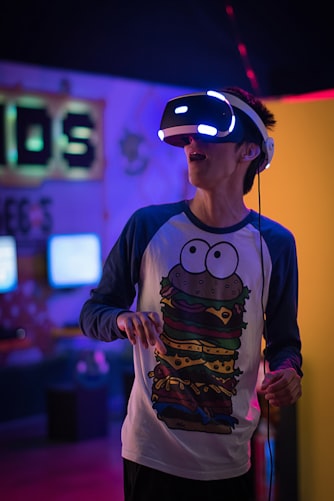Augmented Reality (AR) and Virtual reality (VR) is already shaping the future that the world sees in the category of technology. Augmented reality (AR) is an experience where designers improve parts of users’ physical world with computer-generated input. Designers make inputs ranging from sound to video, to illustrations to GPS overlays and more, in computerized content which responds in real time to changes within the user’s environment, typically movement.
Augmented reality (AR) and virtual reality (VR) are rapidly becoming huge zones of innovation, with giants like Apple, Microsoft and Google competing to supply the following enormous AR or VR encounter. Statista predicts that the around the world client base for AR and VR will reach 443 million by 2025, meaning that it is getting to be progressively critical for UX designers to know how to form astounding VR and AR experiences.
Planning for 3D encounters will require totally other ways of considering UX design and the address is, are you well prepared to handle this modern field of plan. The good news is that while AR and VR hardware and software is changing dramatically, UX principles and techniques for 3D interaction design will remain consistent.
It’s just that new opportunities and sensitivities will present themselves to designers and developers. This course will give you the 3D UX skills to remain relevant in the next decade and beyond. You’ll be able to create immersive experiences that tap into the novel opportunities that AR and VR generate. For example, you will need to bring together key UX concepts such as emotional design, social UX, and gamification in order to create an immersive AR or VR creation.
AR and VR need to be easy to utilize in order to supply clients with encounters that will leave a longer lasting experience. Avoiding common usability mistakes and applying the standards of narrating will assist you carefully craft 3D encounters that charm, interest, amuse, and most of all bring out the reaction you are planning.
You’ll need to lock in clients in first-person stories by making use of spatially energetic UI’s, counting look, signal, development, discourse, and sound often utilized in combination.

